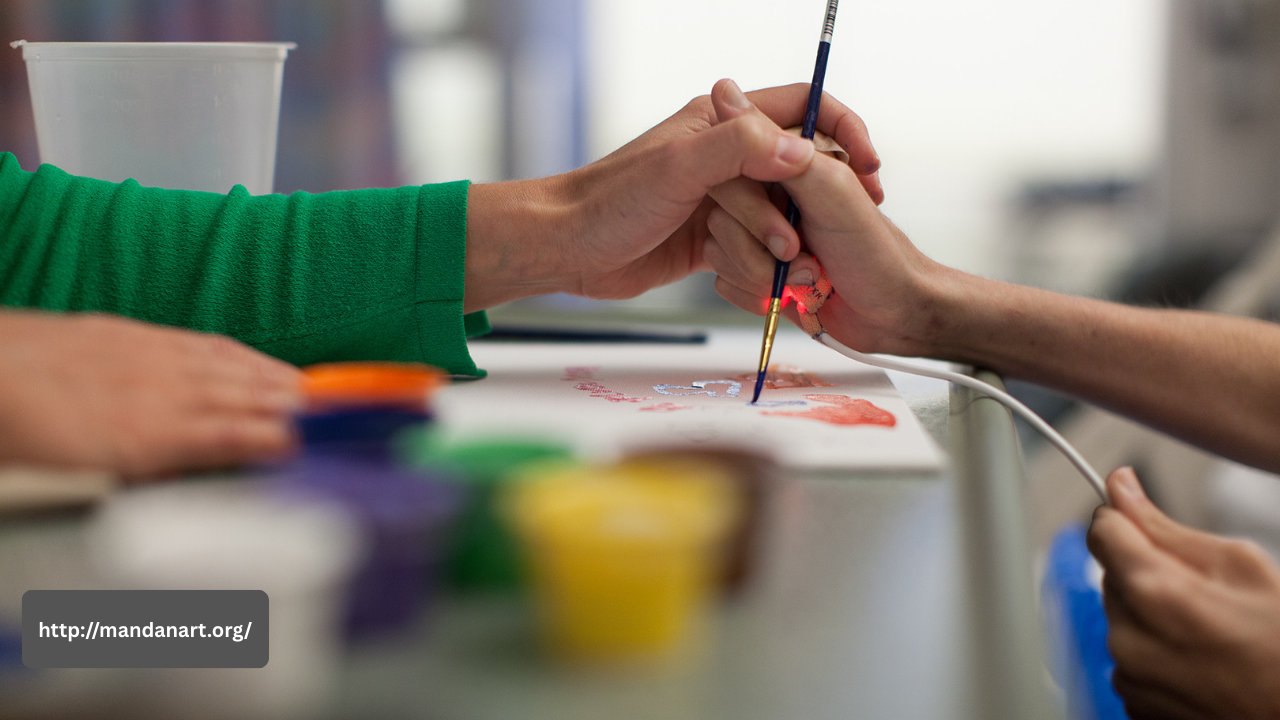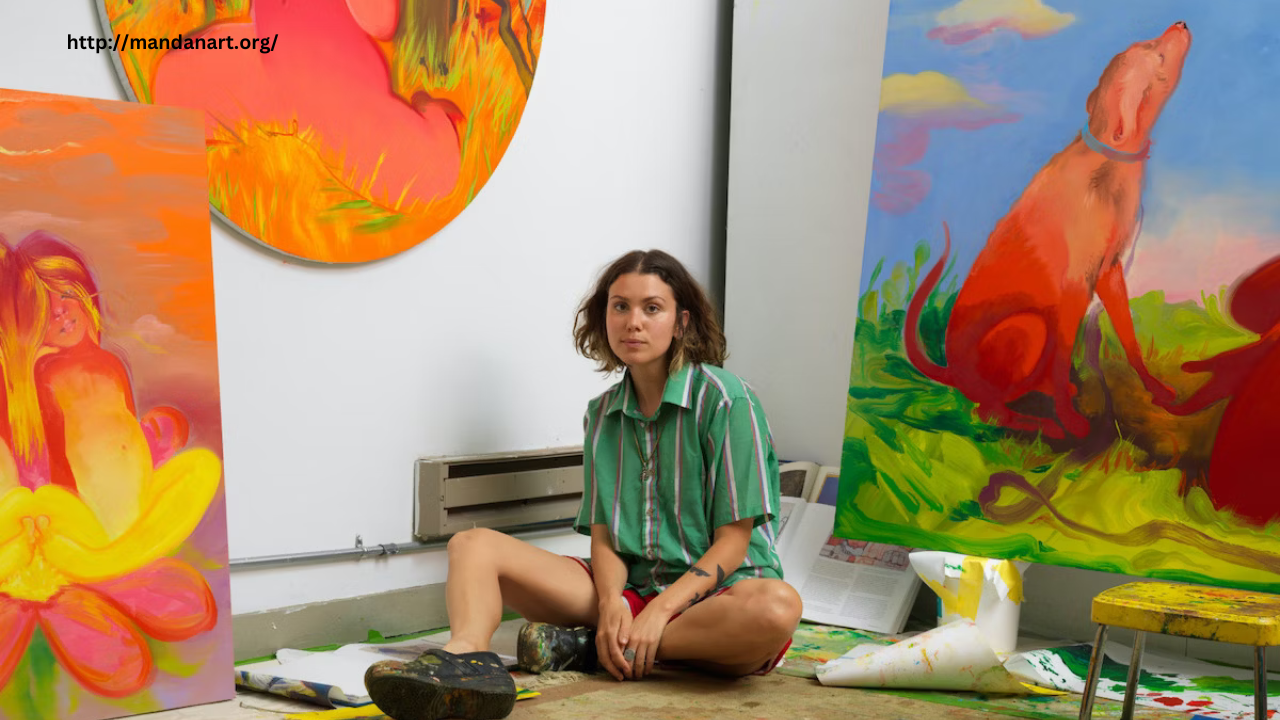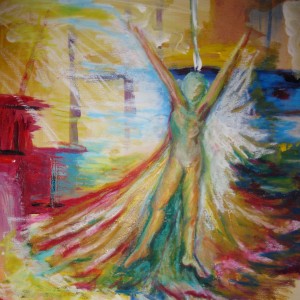 Addiction is more than just a physical dependency—it often stems from deep emotional wounds, trauma, and mental health challenges. Traditional treatment methods like counseling, medication, and support groups are vital in addressing these issues, but healing is not always a linear process. Increasingly, art therapy is being embraced as a complementary treatment that taps into creativity to support emotional expression, self-discovery, and recovery. Through the colors, textures, and forms of artistic creation, individuals battling addiction can explore their inner world and find a new path toward healing.
Addiction is more than just a physical dependency—it often stems from deep emotional wounds, trauma, and mental health challenges. Traditional treatment methods like counseling, medication, and support groups are vital in addressing these issues, but healing is not always a linear process. Increasingly, art therapy is being embraced as a complementary treatment that taps into creativity to support emotional expression, self-discovery, and recovery. Through the colors, textures, and forms of artistic creation, individuals battling addiction can explore their inner world and find a new path toward healing.
What Is Art Therapy?
Art therapy is a therapeutic technique that integrates mental health counseling with creative expression. It is guided by a trained art therapist who helps individuals use visual art as a means of communication and emotional processing. This approach is particularly beneficial for those in addiction recovery who may struggle to articulate their feelings or trauma verbally. Art therapy offers a safe, non-judgmental space to express thoughts that might otherwise remain hidden.
Importantly, no artistic skill is required to benefit from art therapy. The focus is not on creating a masterpiece, but rather on using the creative process to explore emotions, reduce stress, and promote psychological healing.
Why Art Therapy Works for Addiction
-
Emotional Expression Without Words: Many individuals with addiction histories carry emotional pain, shame, or trauma that is difficult to express through traditional talk therapy. Art allows them to bypass verbal limitations and communicate through images and symbolism, often revealing insights that might otherwise remain buried.
-
Stress Relief and Mindfulness: Engaging in art activities like painting or drawing requires focus and presence, which encourages mindfulness—a crucial skill in recovery. Being present in the moment reduces anxiety and helps shift attention away from cravings and negative thoughts.
-
A New Coping Mechanism: One of the keys to recovery is replacing harmful habits with healthy alternatives. Art becomes a new coping tool that individuals can turn to when faced with emotional distress or boredom, rather than reverting to substance use.
-
Rebuilding Identity and Self-Esteem: Addiction often damages a person’s sense of self. Through art, individuals begin to rediscover their identities outside of addiction. Each finished piece represents growth, resilience, and the capacity to create something meaningful—boosting confidence and self-worth.
-
Processing Trauma: Many people with substance use disorders have experienced trauma. Art therapy provides a gentle way to confront and work through traumatic experiences. The creative process helps make sense of complex emotions and promotes emotional regulation.
Art Therapy in Practice
In addiction treatment centers, art therapy is often integrated with other modalities such as cognitive-behavioral therapy and group counseling. Sessions may include activities like journaling with images, painting emotions, creating self-portraits, or building collages that represent personal journeys. Group sessions also foster a sense of connection and community, which can be incredibly healing for those who often feel isolated by their addiction.
Conclusion
Art therapy offers a vibrant and powerful path toward recovery, helping individuals explore their emotions, build new coping skills, and reconnect with their inner selves. In the colorful world of artistic expression, those in addiction treatment can find hope, resilience, and the strength to move forward. The colors of healing are not just seen on canvas—they are reflected in the renewed lives of those who embrace this transformative form of therapy.












